

Current and Resistance
Electrical Resistance
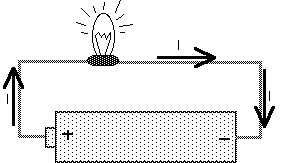
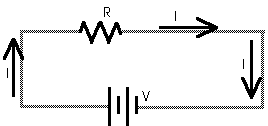


Ohm's Law
For many materials -- including most metals -- the ratio of voltage to current through a circuit element (a resistor) is a constant over a wide range of conditions. This constant value is the resistance. Or the resistance of many circuit elements is constant over a wide range of conditions.
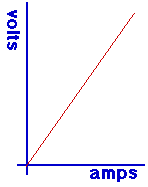
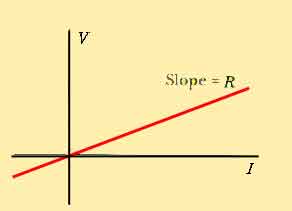
Not all materials follow Ohm's Law.
[ Ohm's Law is a general and useful of experimental results that are good over a reasonably wide range of conditions. It is not a "General LAW of Physics" like Newton's LAWS of motion or Newton's LAW of Universal Gravitation. The world "LAW" has different shades of meaning -- even in Physics! ]
Current DensityWe already know there is no stationary charge inside a conductor in static equilibrium. However, if there is an applied electric field inside a conductor charges may move inside that conductor. Current density is defined as the current per unit area,
J = I / A
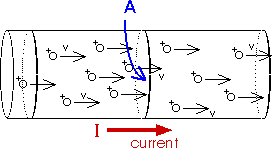

Resistivity
The resistance of a circuit element -- like a piece of wire -- depends upon the length of the element, its cross sectional area, and the characteristics of the material itself.
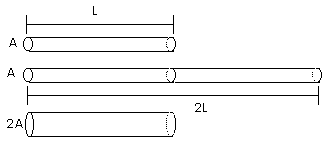
Return to ToC
(c) Doug Davis, 2002; all rights reserved